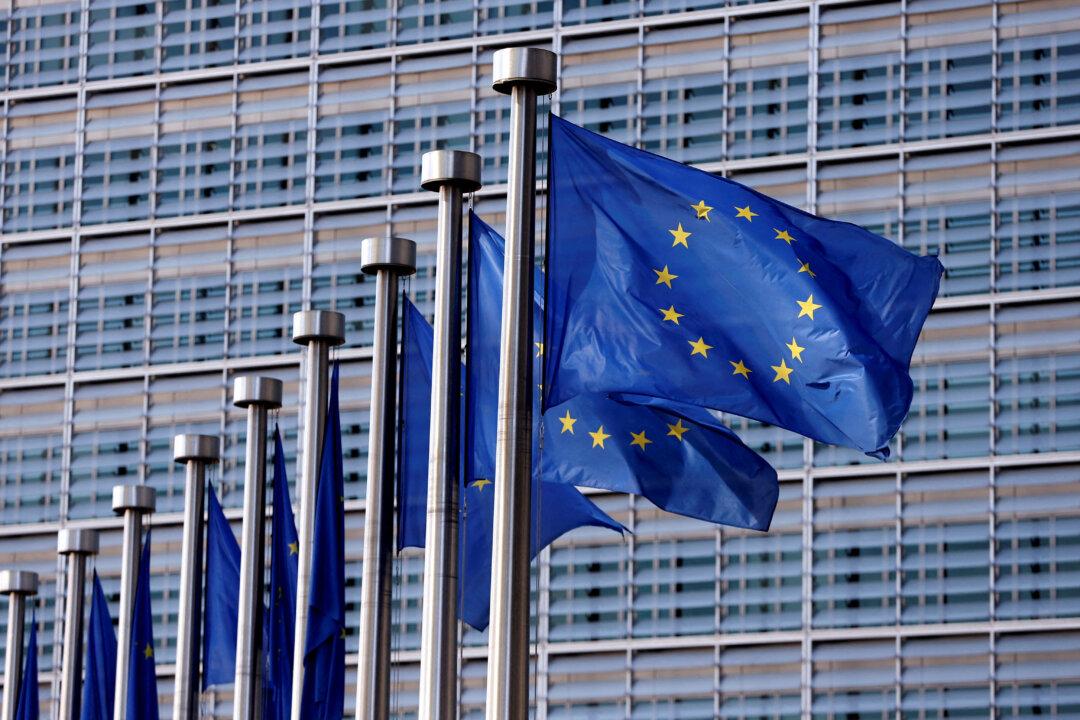The European Union said on June 2 that it would make a strong case for tariff cuts with the United States this week, while also readying countermeasures should a deal be unreachable.
A spokesperson for the 27-nation bloc’s executive branch, the European Commission, which oversees trade policy, said it was prioritizing negotiations, days after U.S. President Donald Trump said he would double import duties on steel and aluminum from 25 percent to 50 percent.
“That remains the case. That remains our priority. We will be making that case strongly, both at [a] technical and political level, this week.”
Gill said that if negotiations fail, then the commission is prepared to accelerate its work “on the defensive side.”
“In the event that our negotiations do not lead to a balanced outcome, the EU is prepared to impose countermeasures, including in response to this latest tariff increase,” he said.
Gill said the EU is in the process of finalizing an “expanded list of countermeasures” that would “automatically take effect on July 14 or earlier.”
July 14 is when the 90-day pause on tariffs that Trump announced earlier this year comes to an end.
The new measures, if approved, would target American wine, fish, aircraft, cars and car parts, chemicals, electrical equipment, health products, and machinery.
After that, the commission will make a final decision on whether to impose countermeasures and what those countermeasures should be.
Brussels’s trade commissioner, Maros Sefcovic, will meet his counterpart from Washington, U.S. Trade Representative Jamieson Greer, at an Organization for Economic Co-operation and Development meeting in Paris on June 4.
Across the Atlantic, technical teams from both sides will also continue discussions, Gill said.
The EU currently faces 25 percent tariffs on its steel, aluminum, and cars as well as a 10 percent tariff on almost all other goods, a levy that could rise to 20 percent after the expiration of Trump’s 90-day pause in July.
“We are going to be imposing a 25 percent increase. We’re going to bring it from 25 percent to 50 percent—the tariffs on steel into the United States of America,” he said during a rally at a U.S. Steel plant.






